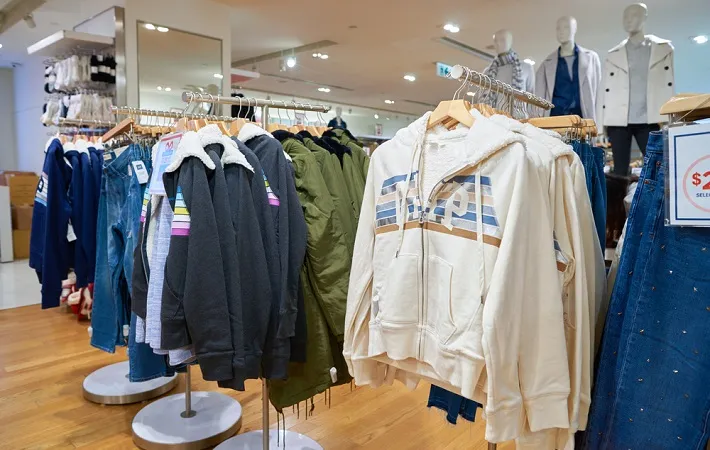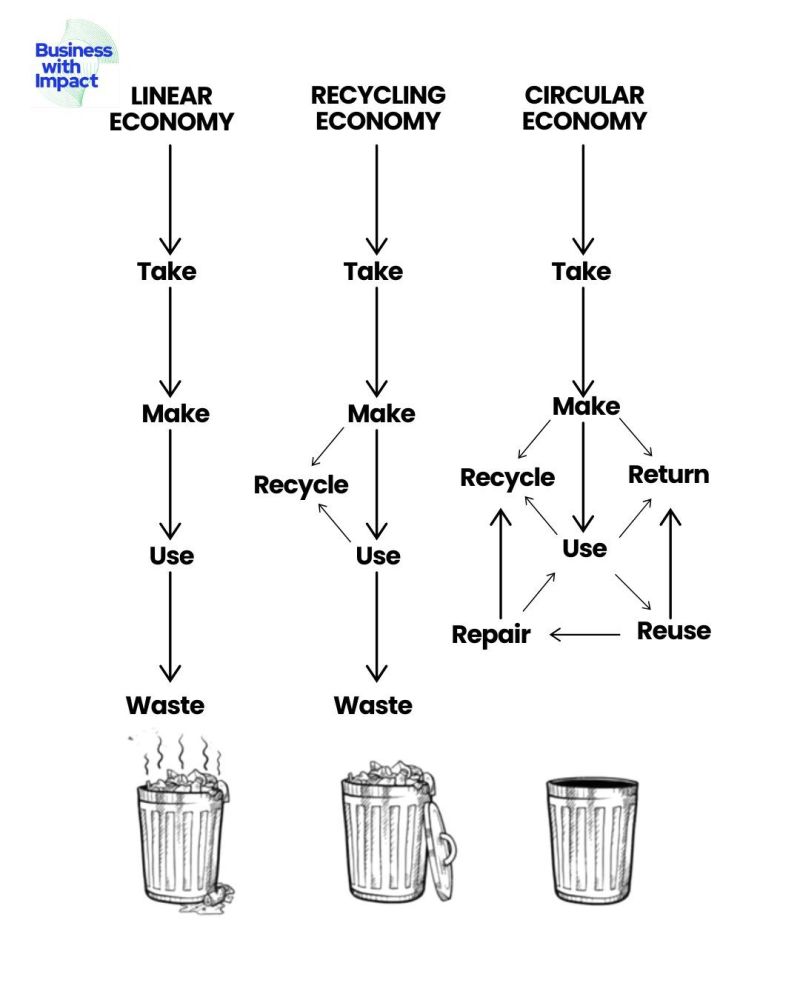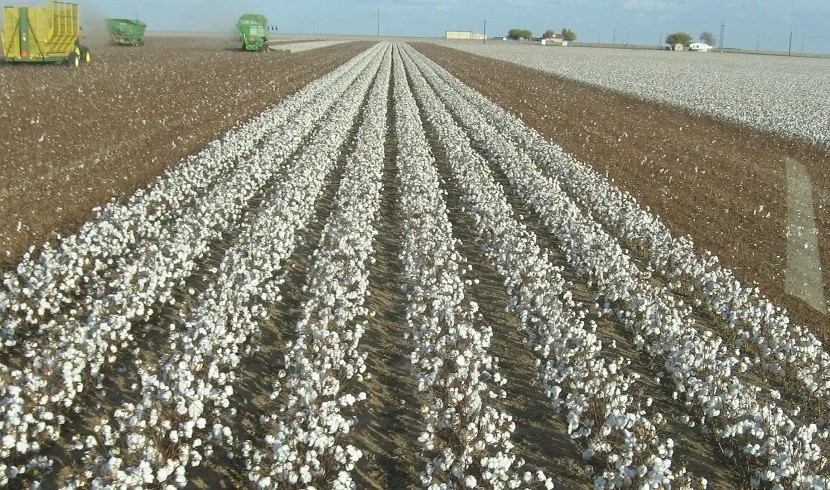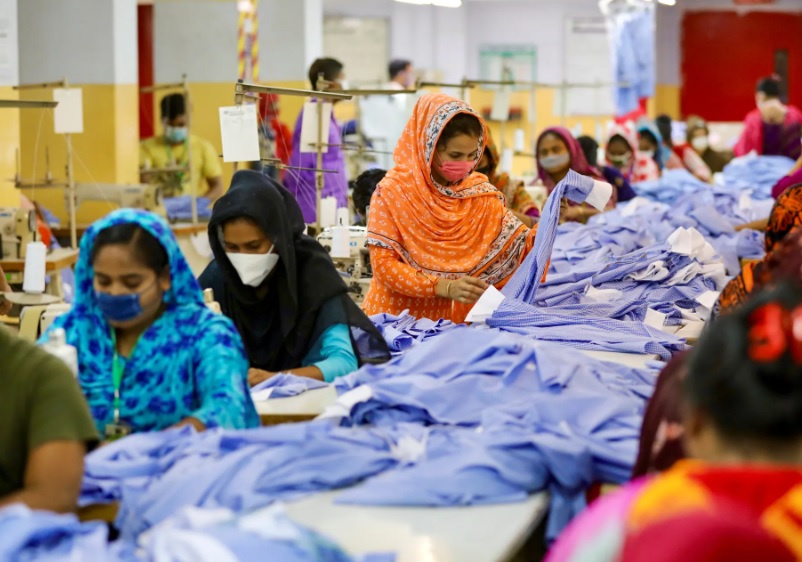"After hovering around 60 cents to 65 cents for the past two years, cotton prices are up 16 per cent, selling at around 70 to 72 cents a pound. Upland cotton grown in the United States is selling for 80 cents to 85 cents a pound after bouncing around at 60 cents or below for most of the spring."

After hovering around 60 cents to 65 cents for the past two years, cotton prices are up 16 per cent, selling at around 70 to 72 cents a pound. Upland cotton grown in the United States is selling for 80 cents to 85 cents a pound after bouncing around at 60 cents or below for most of the spring.
Jon Devine, senior economist at Cotton Inc, the research and marketing company in North Carolina that represents upland cotton producers and importers of cotton and cotton textile products, cotton prices started to rise since the past month or two.

A number of reasons have triggered the price hike. Pakistan, the world’s fourth- largest cotton producer, saw its crop decline last year by 500,000 million metric tons, or 2 million bales, due to bad weather and bugs. Since Pakistan’s crop was down, they imported a lot more cotton from India. And India’s shipments was too aggressive exporting cotton to Pakistan. Therefore, supplies have gotten tight in India, and Indian mills have looked to import cotton, which is pushing up prices, said Devine.
Reduction in cotton acreage
Lower cotton prices earlier this year and last year prompted farmers in China to plant other crops, which will result in a 3 to 4 per cent reduction in cotton acreage planted there. Moreover, a number of trading firms are starting to buy up cotton, which was not the norm. In recent weeks, commodities are coming back in people’s financial portfolios and cotton is a commodity, said Karin Malmstrom, Director, Cotton Council International, for China and Northeast Asia. The beginning stocks from May to June came down a bit. If stocks are lower and demand is steady or higher, prices go up.
The USDA estimates global stockpiles of cotton will drop by 9 million bales to 91.29 million bales by July 2017, which are 3.4 million bales lower than the agency’s previous estimate because of increasing Chinese demand. China is the largest cotton consumer in the world and still the largest fabric manufacturer. For sourcing, China remains the most competitive and largest textile source. But for the first time in years, China’s cotton crop this year fell below 5 million metric tons while India produced 5.8 million metric tons. In 2012, China’s cotton harvest totaled 7.6 million metric tons.
Malmstrom opined this as a significant change. China is prioritizing food crops over cotton, which is grown primarily in Xinjiang province in the far west. While the United States is the third-largest cotton producer in the world with a recent 2.8 million metric ton harvest, it is the No. 1 cotton exporter in the world with China historically being its main customer, followed by Turkey.
With consumption outpacing production, it is uncertain whether cotton prices will inch up or dip down. Pakistan’s cotton harvest is expected to return to 2 million metric tons this after declining to 1.5 million tons last year. Pakistan is one of the first to harvest in the next month or two, Devine observed.
Uncertain future
Meanwhile, India’s cotton crop is looking uncertain due to seasonal rains. And, in the United States, the concern is about West Texas, which grows about 60 per cent of the country’s cotton. Because the cotton fields there do not have irrigation and rain deficit could cause problems.
Interestingly, no one thinks cotton prices will go sky high like they did in early 2011, when it was selling at $2.27 a pound, the highest since the US Civil War. To cope with high cotton prices, manufacturers added more polyester and rayon to their clothing, and big department stores raised prices by $1 to $2 to maintain profit margins.











